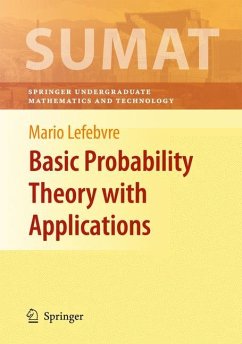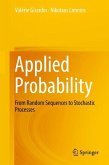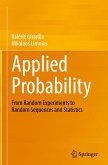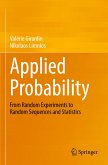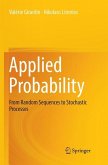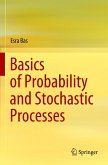The main intended audience for this book is undergraduate students in pure and applied sciences, especially those in engineering. Chapters 2 to 4 cover the probability theory they generally need in their training. Although the treatment of the subject is surely su?cient for non-mathematicians, I intentionally avoided getting too much into detail. For instance, topics such as mixed type random variables and the Dirac delta function are only brie?y mentioned. Courses on probability theory are often considered di?cult. However, after having taught this subject for many years, I have come to the conclusion that one of the biggest problems that the students face when they try to learn probability theory, particularly nowadays, is their de?ciencies in basic di?erential and integral calculus. Integration by parts, for example, is often already forgotten by the students when they take a course on probability. For this reason, I have decided to write a chapter reviewing the basic elementsof di?erential calculus. Even though this chapter might not be covered in class, the students can refer to it when needed. In this chapter, an e?ort was made to give the readers a good idea of the use in probability theory of the concepts they should already know. Chapter 2 presents the main results of what is known as elementary probability, including Bayes' rule and elements of combinatorial analysis.
From the reviews: "This book's introductory sections on probability theory are typical of most textbooks in the content of presentation ... . There are many examples with detailed solutions and a large number of exercises are included at the ends of the chapters. ... used as a textbook for engineers, computer scientists and ... students in economics and finance will be able to understand it. This book would be my choice for a textbook if I were to teach a course in probability theory for math majors." (Charles Ashbacher, The Mathematical Association of America, November, 2009) "This textbook is designed for a course in probability theory at the undergraduate post-calculus level. ... The book should be a good choice for a course at the indicated level." (Gerald A. Heuer, Zentralblatt MATH, Vol. 1192, 2010)

